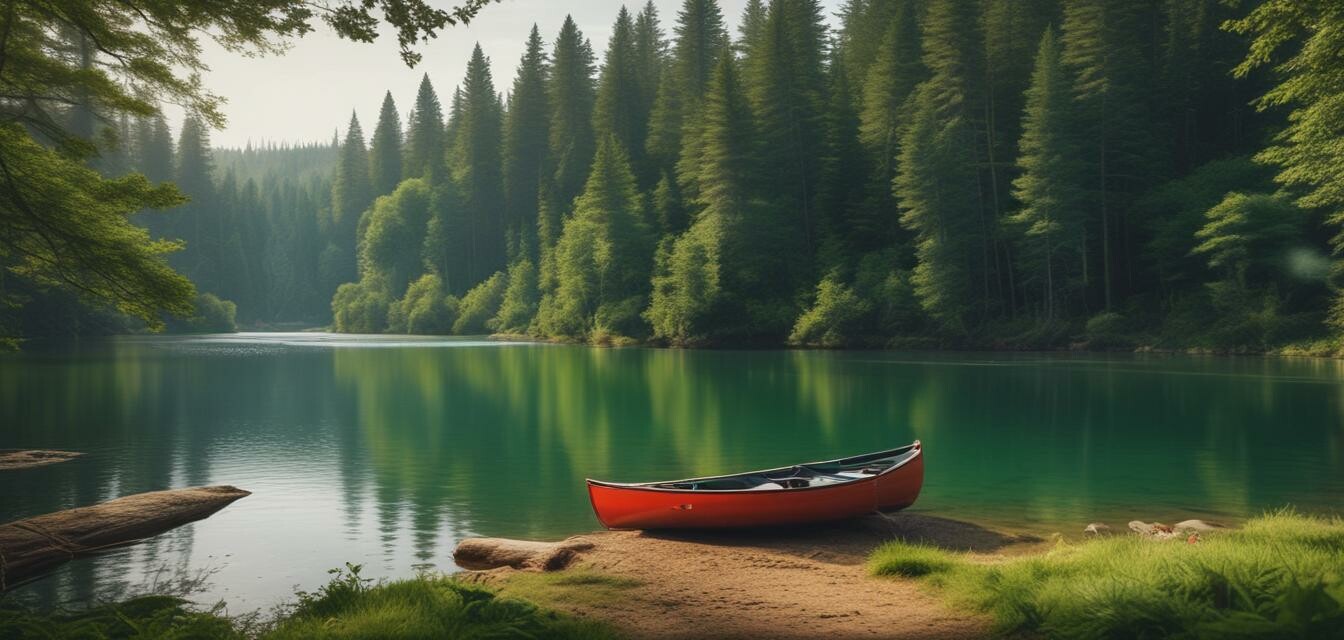
Canoeing and Camping: A Beginner's Guide
- Canoeing and camping can be an exciting outdoor adventure.
- Choosing the right gear enhances your experience.
- Safety precautions are essential for enjoyable trips.
- Planning meals and understanding navigation can save you time and hassle.
Combining canoeing and camping offers a unique and refreshing way to experience the great outdoors. Whether you're gliding through tranquil waters or setting up camp under the stars, mastering the essentials ensures your adventure is both enjoyable and safe. In this guide, we'll explore the best practices, gear recommendations, and safety tips, perfect for beginners eager to embark on their camping and canoeing journey.
Understanding Canoeing and Camping
Canoeing is a great way to explore nature at a slower pace, allowing for introspective moments amidst beautiful scenery. When paired with camping, it becomes a full-fledged adventure that integrates both water and land experiences. Let’s delve into the core elements you need to consider.
Essential Gear for Canoeing and Camping
Your adventure hinges on having the right equipment. Here’s a breakdown of must-have items:
| Category | Essential Gear |
|---|---|
| Canoeing Equipment |
|
| Camping Gear |
|
Planning Your Trip
Before heading out, planning your route, estimating time needed, and understanding local regulations can prevent mishaps. Here are a few tips:
- Research local access points for canoe rentals or launches.
- Check water levels and weather forecasts.
- Map out reasonable daily distances based on skill level.
For more tips on planning a camping trip, check out our Camping Tips and Tricks section.
Staying Safe While Canoeing and Camping
Safety is a priority in outdoor activities. Keeping these points in mind can enhance your safety:
| Safety Tips | Description |
|---|---|
| Wear a life jacket | Using a PFD increases buoyancy and helps prevent drowning. |
| Know the area | Familiarize yourself with local wildlife and safety protocols. |
| Travel with a partner | Canoeing and camping with someone increases safety in emergencies. |
Best Practices for Canoeing and Camping
Here are some best practices to follow during your adventure:
- Leave no trace. Always clean your campsite.
- Secure your food properly to avoid attracting wildlife.
- Plan your meals in advance to ensure nutritious options.
Meal Planning for Your Adventure
Meal planning is crucial for both camping and canoeing, helping to reduce workloads while maximizing nutrition.
Here are some easy meal ideas:
- Breakfast: Instant oatmeal, dried fruits, and nuts.
- Lunch: Sandwiches, granola bars, and trail mix.
- Dinner: Pre-cooked meals or dehydrated meals requiring hot water.
For additional cooking tips and meal prep ideas, visit our Cooking & Meal Prep page.
Conclusion: Embrace Your Outdoor Adventure
Combining canoeing with camping presents a fantastic opportunity to engage with nature while also challenging yourself. With the right gear, knowledge, and preparation, you're set to enjoy an unforgettable experience. Remember to stay safe, respect the environment, and enjoy your newfound outdoor skills.
Pros
- Combining two popular outdoor activities enhances the experience.
- Promotes physical activity and relaxation.
- Provides opportunities for socializing and learning new skills.
Cons
- Requires more planning and gear management.
- Water conditions can be unpredictable.
- May involve physical challenges, especially for beginners.